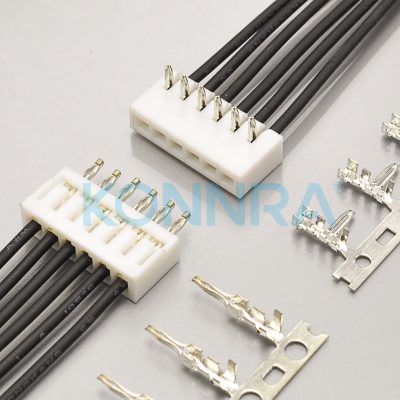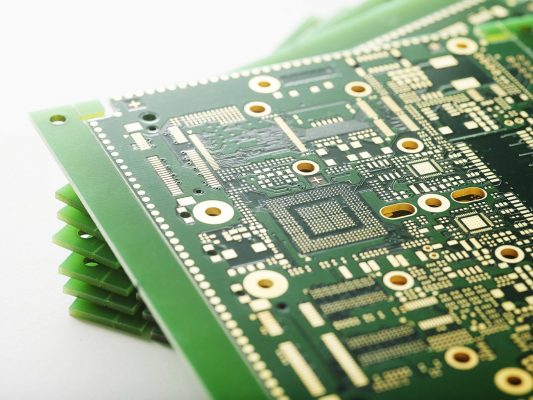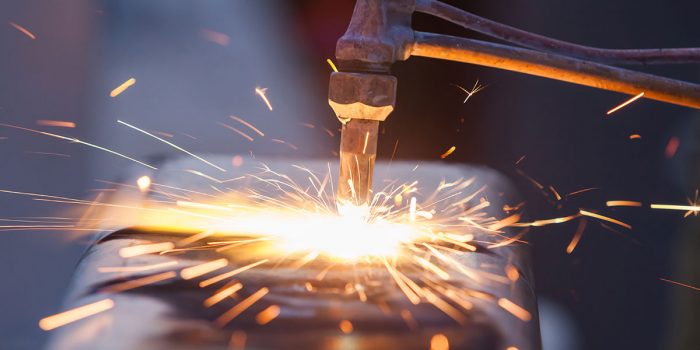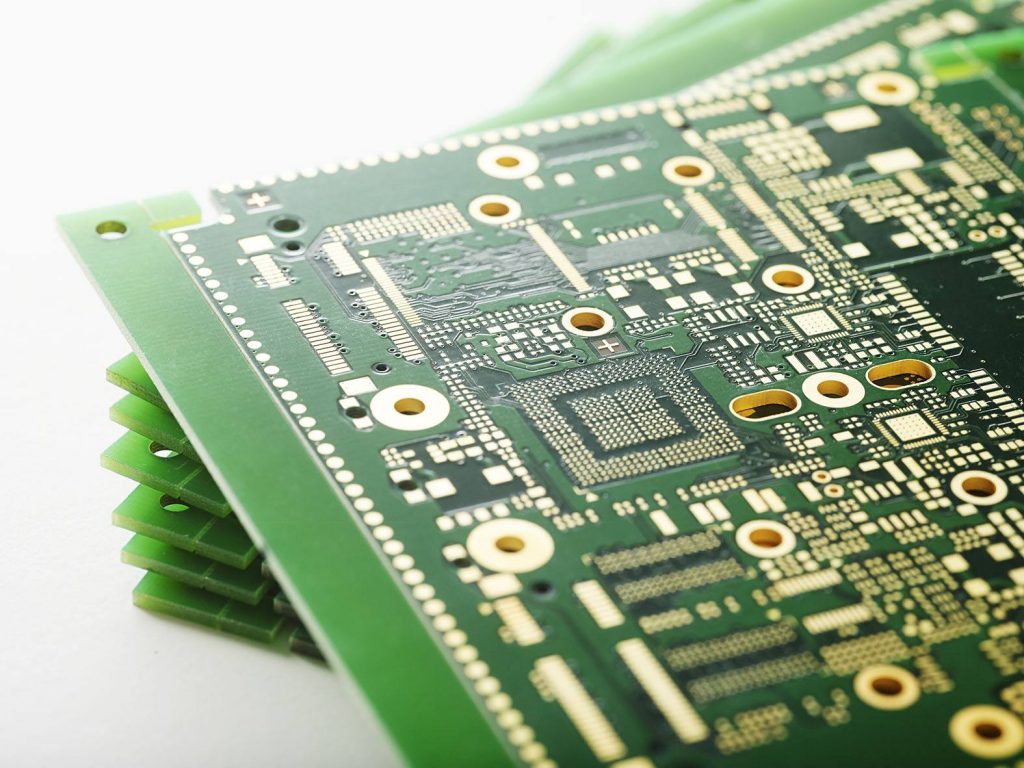The quality of circuit board wiring methods directly affects the performance and reliability of the circuit. The wiring methods have the following aspects:

Design of circuit board: The design of circuit board should consider the function, structure, parameters, signal flow direction, interference source, heat dissipation and other factors of the circuit, and select the appropriate circuit board material, size, shape, number of layers, wiring method, etc., so that the circuit The board meets the requirements of the circuit while facilitating installation, maintenance and testing.

Layout of components: The layout of components should be based on the logical relationship, signal flow direction, electrical characteristics, mechanical characteristics, etc. of the circuit, and the location and direction of the components should be reasonably allocated so that the distance, angle, direction, etc. between components conform to the circuit. requirements, while reducing the length, crossing, bending, etc. of wires, and reducing the parasitic parameters and interference of the circuit.
Connection of wires: The connection of wires should be based on the signal type, frequency, voltage, current, impedance, etc. of the circuit. Select appropriate wire materials, specifications, colors, etc., and use welding, plugging, screwing, crimping, etc. according to the requirements of the circuit diagram. way, connect the wires with components, circuit boards, interfaces, etc. to ensure that the wires are strong, reliable, neat and beautiful.
Circuit board protection: Circuit board protection refers to coating or covering the circuit board with a layer of insulation, moisture-proof, anti-corrosion, dust-proof, anti-static and other materials to protect the circuit board and components from the external environment and extend the Extend the service life of the circuit board and improve the stability of the circuit.
Specific method

First, pin connection
Pin connection is the simplest and most convenient way to connect wires on the circuit board. This connection only requires the use of pins to insert the wire into the socket on the circuit board, without the use of tools. Pin connections are suitable for frequent board changes.
Operation steps:
- Insert the pin into the socket on the circuit board.
- Peel the other end of the wire to expose the copper wire.
- Insert the exposed copper wire into the pin.
- Ensure that the wires are tightly connected after insertion.
Note:
- Pin connections are easy to loosen or have poor contact. Ensure that pins are tight.
- Do not let the wires on the pins touch each other to avoid short circuit.
Second, weld the connection
Welding connection is a more stable wire connection on the circuit board. By heating the solder pad on the circuit board and the copper wire of the wire, they are fused together to form a solid connection. Welded connections are suitable for circuit boards that require long-term stability.
Operation steps:
- Peel off one end of the wire to expose the copper wire.
- Insert the copper wire into the solder pad of the circuit board.
- Apply a small amount of solder to the copper wire and pad.
- Use a soldering iron to heat the pad and copper wire so that they fuse together.
- Insert the other end of the wire into the socket on the circuit board.
Note:
- Heating should be moderate, can not overheat, so as not to damage the circuit board.
- After the welding connection, check whether it is stable, and avoid wire contact with each other to avoid short circuit.
Third, the terminal connection
Terminal connection is a way to connect a wire to a terminal on a circuit board by inserting it into the orifice of the terminal and tightening the nut. Terminal connections are usually used for circuit boards that require frequent replacement.
Operation steps:
- Insert the cable into the hole in the terminal.
- Tighten the nut with a screwdriver to ensure that the cable is tightly connected to the terminal.
- Insert the other end of the wire into the socket on the circuit board.
Note:
- Tighten the nut properly, not too tight or too loose.
- After connecting the terminal, check whether it is stable and avoid wires from touching each other to avoid short circuit.
In short, when connecting the wires on the circuit board, the appropriate connection method should be selected according to the actual needs, and pay attention to the operation steps and precautions to ensure the stability and reliability of the connection.










